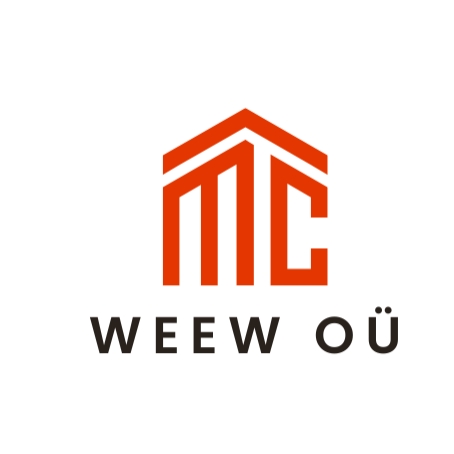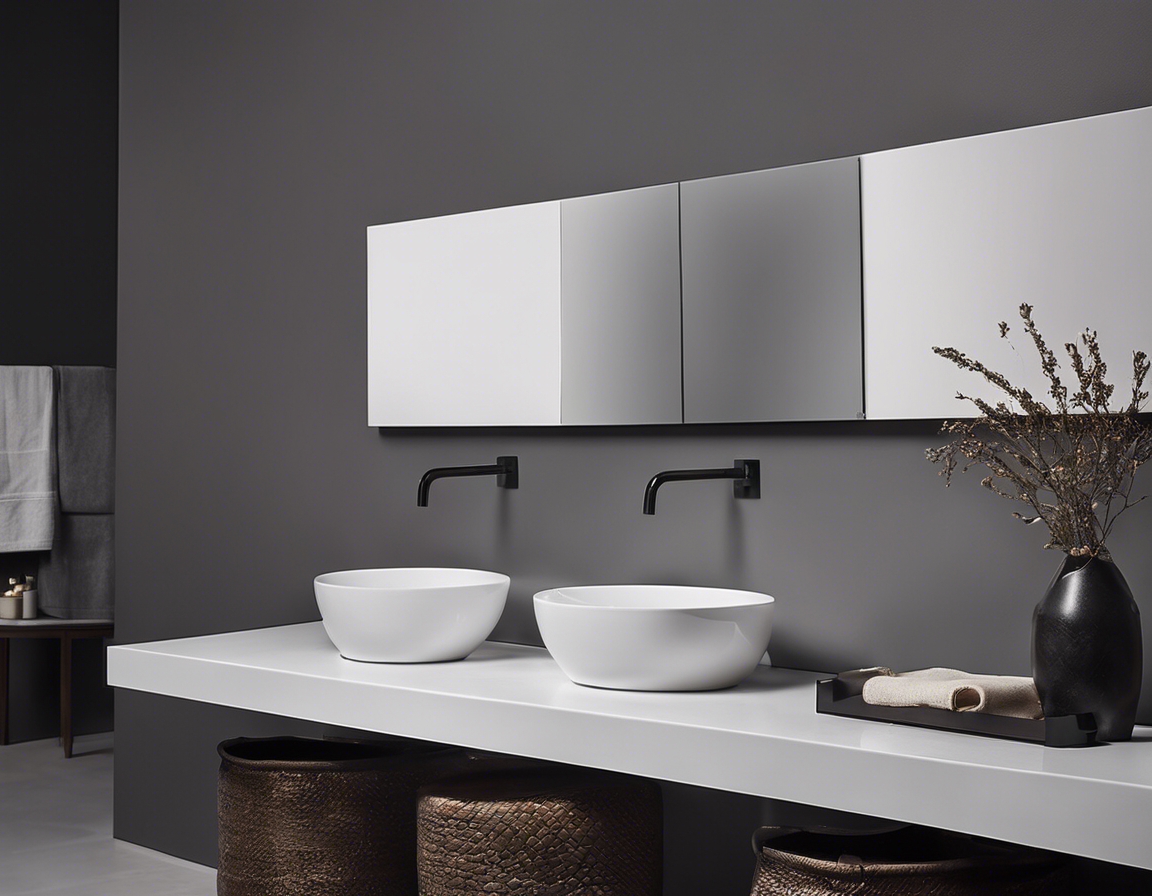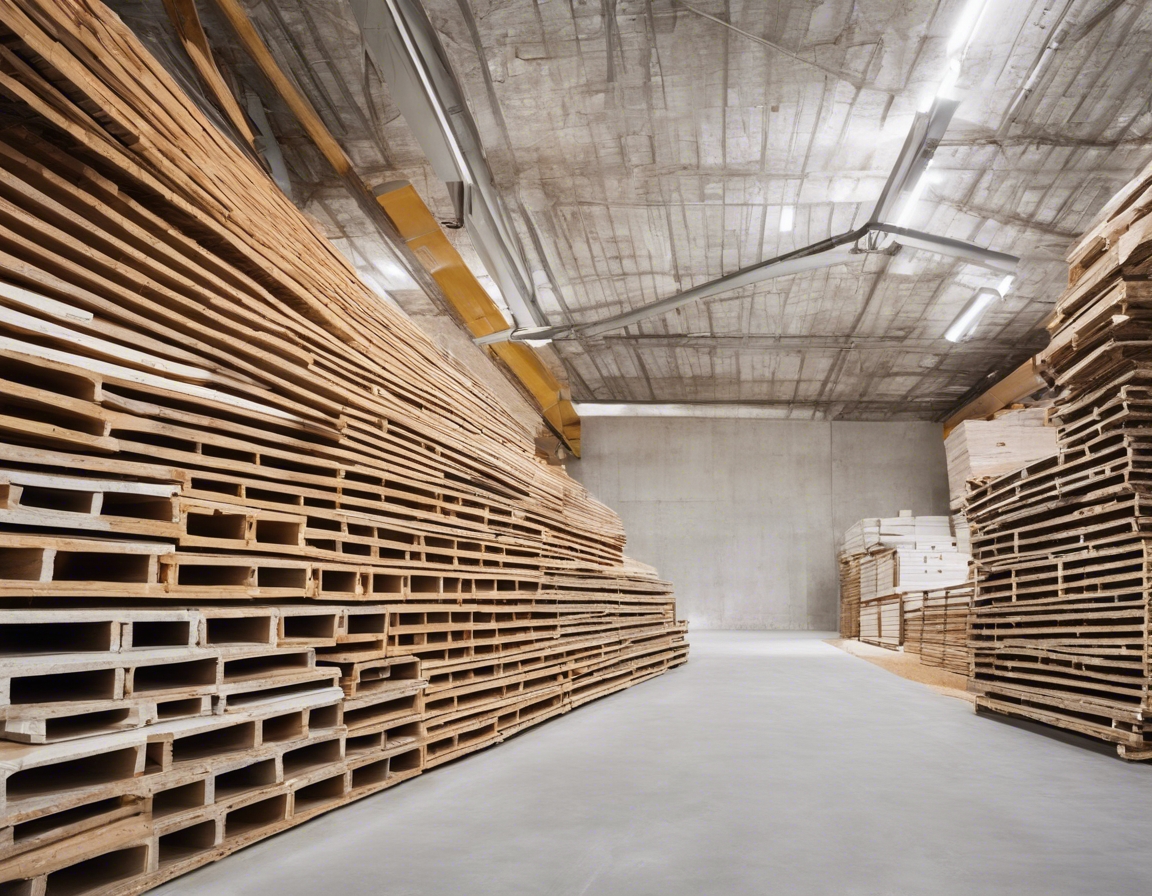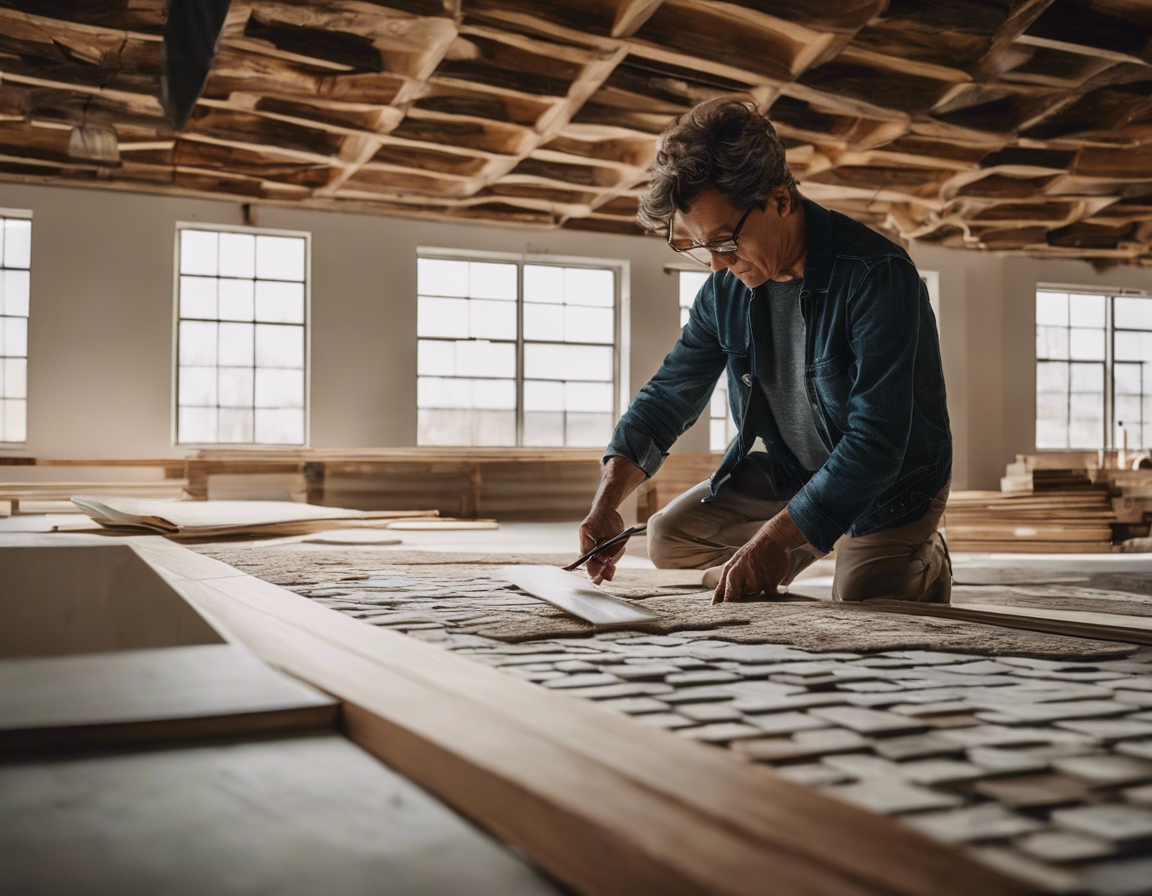Maximizing small spaces: innovative interior solutions
In urban environments, where square footage is at a premium, the challenge of creating comfortable, functional, and aesthetically pleasing spaces within a limited area is a common dilemma. This post explores the innovative solutions that can transform cramped quarters into inviting interiors.
Smart design is not just about aesthetics; it's about creating a harmonious balance between form and function. It's about making every inch count without compromising on style or comfort. For construction companies, property developers, and interior designers, this means rethinking traditional layouts and embracing new ideas.
Innovative Design Strategies for Small Spaces
One of the keystones of maximizing small spaces is the use of multi-functional furniture. Pieces that serve dual purposes can significantly reduce clutter and free up space. Think sofa beds, ottomans with storage, or fold-down desks.
Vertical space is often underutilized in small interiors. By incorporating elements such as wall-mounted shelves, hanging planters, or lofted beds, you can create additional storage and living areas without expanding the footprint of a room.
Transformable spaces that adapt to the user's needs can include retractable walls, foldable partitions, or furniture on wheels. These solutions allow a single space to serve multiple functions throughout the day, from a home office to a dining area or guest room.
Material Selection for Small Interiors
Using reflective materials such as mirrors or glossy finishes can make a small space feel larger by bouncing light around the room. Transparent materials like glass or acrylic can create a sense of openness and prevent a space from feeling boxed in.
Choosing lightweight and sustainable materials is not only environmentally friendly but can also contribute to the sense of spaciousness. Materials like bamboo, recycled plastics, or innovative composites are perfect for modern, eco-conscious designs.
Technological Advancements in Interior Design
Smart home technology can greatly enhance the functionality of small spaces. Automated systems for lighting, heating, and entertainment can be controlled via smartphone, saving space that would otherwise be taken up by physical controls.
Compact and multifunctional appliances are essential for small-space living. From combination washer-dryers to modular kitchen units, these appliances are designed to fit into tight spaces without sacrificing performance.
Psychological Aspects of Small Space Design
The colors used in a small space can greatly affect how large or small it feels. Light, bright colors can make a room feel more open and airy, while dark colors can make it feel more intimate and cozy.
Lighting is a critical component of small space design. Strategic placement of light sources can create the illusion of depth and height, making a small room feel more expansive.






Kommentaarid (0)